Bessie - Turning a Lowbrow Life into Middlebrow Art
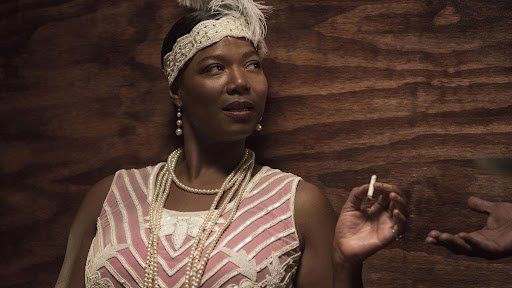
This coming Saturday, HBO will air a biopic of Bessie Smith, one of the highest paid Black singers of the 1920s and a foundational voice (she still sounds fabulous) in the development of the blues. Directed by Black lesbian director Dee Rees (Pariah, 2011) and starring the rumored-to-closeted Queen Latifah, Bessie brings images of Black lesbianism to a large mainstream audience for the first time in U.S. movie history. For this alone the HBO-backed film would be notable. The wonderful repertoire of songs reintroduced to the American public, however truncated in the film itself, will hopefully spur a renewal of interest in a musical legacy that cries out for rediscovery.
Last Tuesday, an enthusiastic audience gathered at Oakland’s historic (if somewhat groddy) Grand Lake Theater for the Bay Area premiere of
Bessie that Dee Rees attended. It was somewhat of a homecoming for her as Rees had interned at Frameline, a co-presenter who has been a big supporter of her career.
Based initially on Chris Albertson’s meticulously researched biography,
Bessie, in which he reveals the bisexuality of Bessie Smith and Ma Rainey with eyewitness accounts, the project had been kicking around Hollywood for 20 years when Dee Rees came on board two years ago and rewrote the movie that was actually shot. The script itself is strictly middlebrow, predictable in its three-act structure. Young naïve Bessie rises to the top of her profession, overextends with success and spirals quickly to the bottom from which she rises again triumphant. How many times have we seen that before?
Although the script uses the large outlines of Bessie Smith’s biography to trace this time-honored arc, the characters who are slotted to fill the necessary roles (Ma Rainey as the good mother, Richard as the faithful lover with whom she ends up) are either fanciful creations or severely wrenched from the roles they actually played in Bessie’s life. The prime example of this is the extended relationship depicted between Ma Rainey and Bessie Smith. Rees lays the lesbianism on thick in the beginning of the film as Bessie becomes Ma Rainey’s protégé in both love and show business. In point of historical fact, there’s little evidence that there was much of a relationship between the two women other than the fact they worked in the same traveling show together for a season.
This takes nothing away from the pleasure we get as viewers seeing Queen Latifah and Mo’nique, who plays Ma Rainey to an authoritative turn, engage in a supportive, sometimes competitive woman-to-woman relationship that strikes at the heart of the movie’s sensibilities. (The husband Jack Gee, intensely played by Michael Kenneth Williams actually transcends his slotted role but the invented bootlegger/faithful boyfriend is entirely one-dimensional.)
And this will be the nature of
Bessie’s achievement. Middlebrow art, precisely because it appeals to a wide sensibility, can bring “new” images of positivity to minds and hearts that are surprised into empathy with “the other” (in this case Black lesbians).
Will and Grace advanced the acceptance of gays and lesbians much more than
Angels in America.
And make no mistake. Dee Rees is a superb director. The movie is a visual delight (although everything, in usual Hollywood fashion, is art-directed down to the last spangle), visually fluid and gorgeous to look at. I suspect she’s a much better director than writer (Pariah certainly broke no new ground either in themes or in originality of dialog). Much of the acting is also first-rate. The one-dimensionality of many of the characters—and there are a
lot of them—and the frequent descent into cliché take nothing away from the film’s overall entertainment value and the places where it really rises above its pedigree, namely the glimpses it gives into the power and pleasure of the early blues.
Of course, as the director of a documentary that explored the bisexuality of both Ma Rainey and Bessie Smith (“T’Ain’t Nobody’ Bizness”), I might be overly severe about
Bessie’s deviations from the historical record. Hollywood biopics are
always much less impressive than the achievement of the characters they claim to portray. And life is always messier than art. Mainstream narrative film has enshrined the three-act structure: rise, then fall, then rise again.
Bessie adheres to the time-honored conventions, perhaps to its detriment as Art, but the cultural work that it does is invaluable. And any movie that allows Queen Latifah to strut her stuff, both musically and in terms of acting, should be celebrated.
Recent Posts
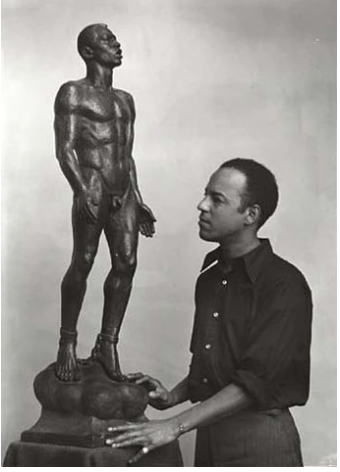
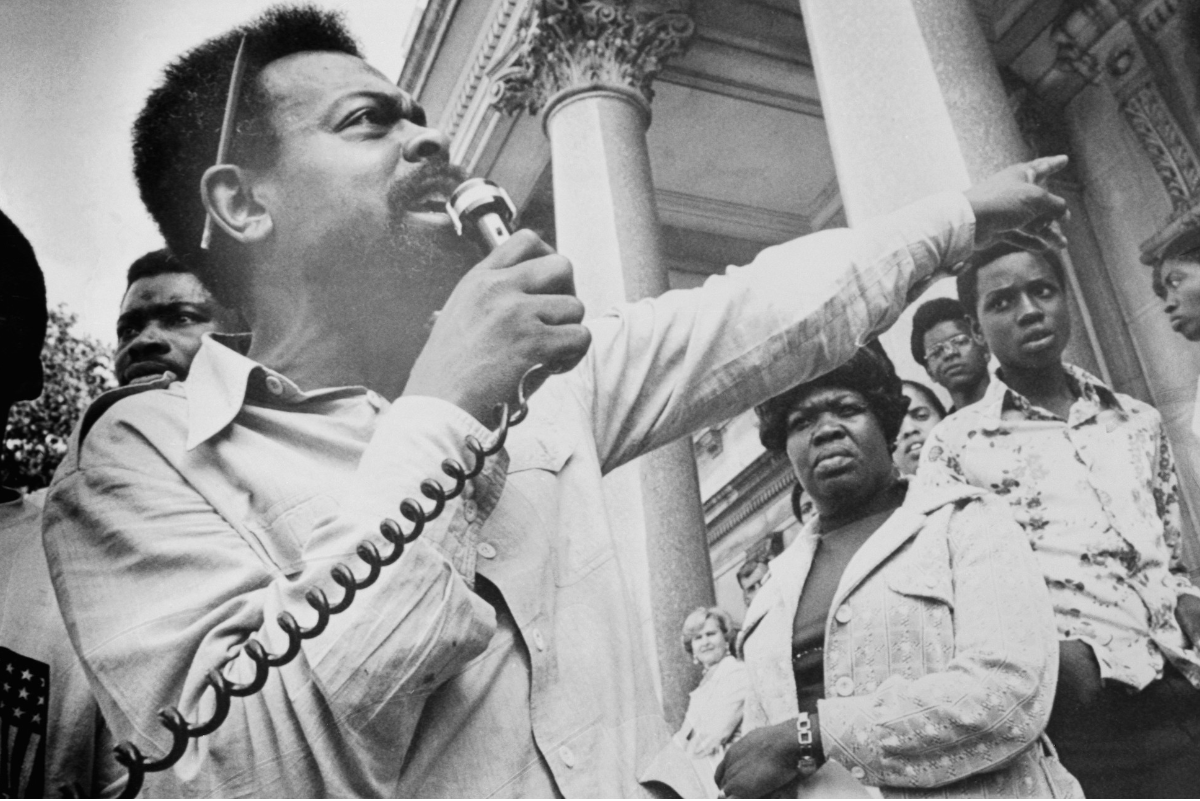
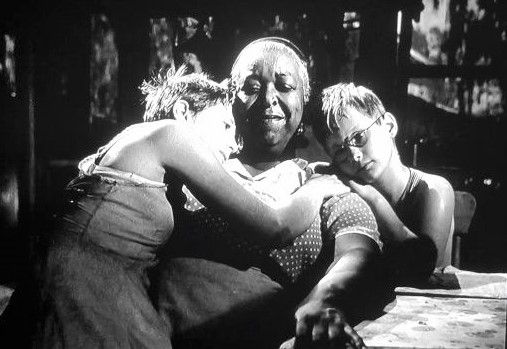
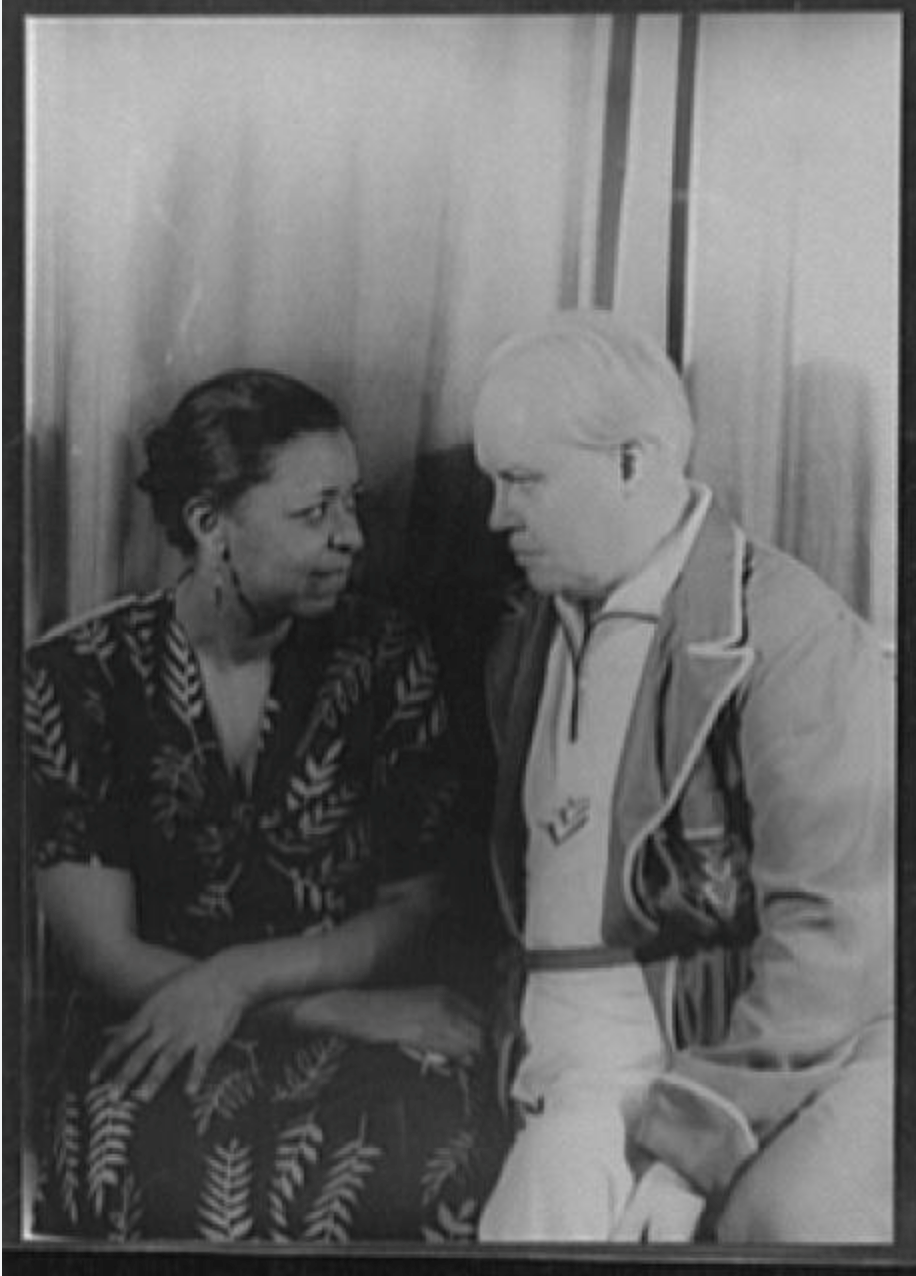
SHOGA FILMS is a 501(c) (3) non-profit production and education company. We create multimedia works around race and sexuality that are intended to raise awareness and foster critical discussion.
Contact Us
All Rights Reserved | Shoga Films
Stay Connected
Thanks for subscribing!
Please try again later.


